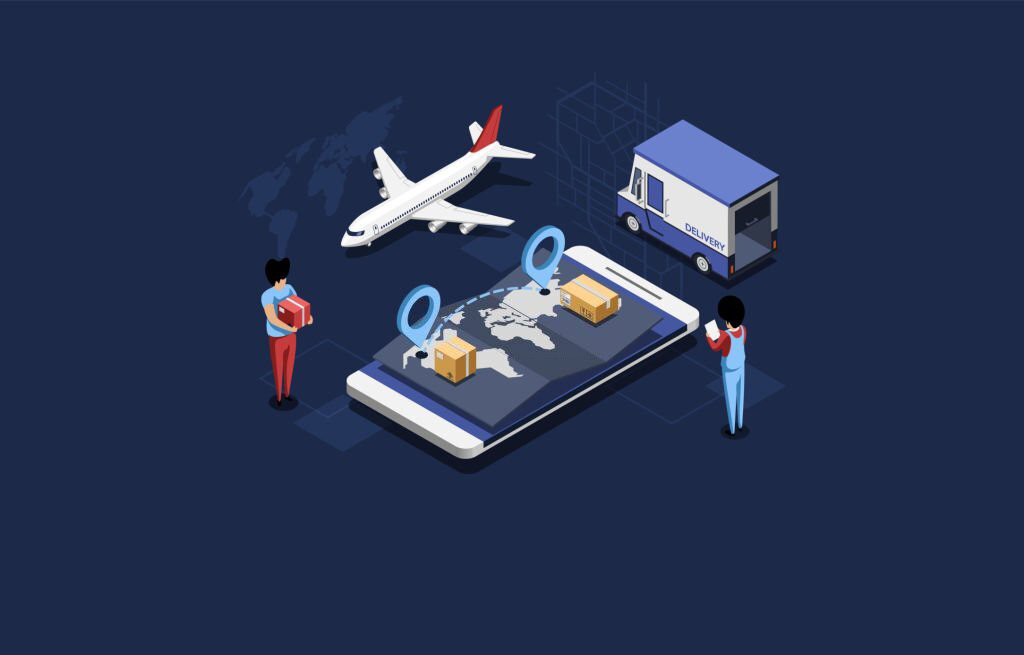Blog on RFID Technology and IoT Solutions
Blog Home
Warehouse Automation and Role of RTLS
11 January 2023By: Narasimha Kandade
Warehouse Automation and Role of RTLS
Warehouse Automation is the process of automating all day-to-day operations of a warehouse. Warehouse Processes such as., Receiving, putting away, Storage, Order Management, Picking, Packing, and Shipping activities can be automated to a large degree. Labour-intensive tasks can be eliminated by replacing modern technology. Globalization and growing consumer demand, require greater efficiency and a minimum or error-free environment. Stand-alone devices like mobile apps and drones or bigger automation management systems will help in increasing efficiency and more precision over tasks. Organizations can reduce and minimize wastage. Cutting down on repetitive and mundane tasks helps labour in increasing efficiency. High-risk activities can be automated while managing heavy pallets or toxic elements. These benefits outweigh the cost of warehouse automation. Technology can easily be updated or downsized based on current requirements. During emergencies like the pandemic in recent times, automated warehouses could run efficiently as human interference was not essential. Even environmental goals can be met by inbuild basic green practices like recycling. Using the latest technologies, conditional and predictive maintenance can be undertaken thereby optimizing the processes. Many new opportunities can be handled with ease due to higher efficiency and optimum use of modern technology.
The automation process combined with human skills is essential for delivering the best warehouse service. In today’s world, the trends in Warehouse Automation are: –
- Cloud Based Warehouse Management System (WHM) – helps in day-to-day operations. Reduces cost and automatic updating resulting in more scalability and flexibility. Also allows for higher operability
- Mobile Robots – are displacing conveyor belts that occupy large spaces and are less adaptable to changes. Autonomous mobile robots (AMR) and Automated Guided Vehicles (AGV) are more flexible and easier to install. Rental facilities are also available so can be used as and when required.
- Big Data Analytics – Analytics system detects data patterns, and monitors and tracks inventory across supply chains and beyond. Analysis based on vast data ensures the fastest possible movement of inventories
- Internet of Things (IoT) – Interconnected objects collecting and exchanging data in real-time through embedded (Radio Frequency Identification Tags) RFID and other sensors. Provides greater warehouse visibility by notifying real-time information and is also helpful in better communication between suppliers and customers.
- Collaborative Robots (COBOTS) – Robots designed to assist humans in daily mundane or hazardous tasks making it easier for workers. Flexible, Scalable, and dependable COBOTS increase productivity and reduce human effort.
- Voice Assistance – Voice picking or voice-directed warehouse uses voice commands for communication. It is simple, handsfree, and intuitive improving efficiency and safety by removing distractions
Improving efficiency and productivity by overseeing many tasks without compromising quality is key for sustaining in today’s competitive world. As discussed, several innovative technologies help achieve these goals. One technology that has been gathering a lot of attention is the Real-Time location system (RTLS).
- RTLS refers to any system that accurately determines an item or person’s location.
- RTLS allows users to view the precise location of assets and eliminate time-consuming manual searches and audits.
- RTLS solutions can be configured to report tag locations at different levels of granularity. RTLS system can be configured to inform when a tag passes through a specific door or other critical chokepoints.
Warehouses can maximize their value using RTLS by providing real-time data from the routes used by forklift drivers to speed and the exact location of pallets. RTLS is beneficial for warehouse management as it helps in the following areas: –
- Asset & Vehicle Tracking: Instantly track the location and movements of key assets, equipment, inventories, forklift, and more, across industrial processes.
- Personnel Tracking: Monitor the real-time location of workers in high-stakes scenarios to improve safety, productivity, and more informed staffing decisions.
- Workflow Optimization: Better optimize industrial processes with digital visibility that helps you identify bottlenecks, enhance automation, improve asset utilization, and more.
- Maintenance Tracking: Track the location of tools and work orders to better optimize maintenance and repairs.
- Material Handling: By tracking the location of carriers – such as forklifts, and cranes, it’s possible to create a virtual location of a product with every material drop-off.
There are many different types of RTLS technologies available today such as Passive/Active RFID, Bluetooth, and Ultra-Wide-Band (UWB).
Integration and combining technologies can immensely contribute to improving warehouse operations and transparency in the production process. Staying ahead in today’s competitive environment and meeting new challenges is crucial for any business. Smart Warehouse Management using modern technology like RTLS gives the ability to collect accurate data and analyse every aspect of warehouse operation. Correct and immediate data tracking optimizes each task, reduces cost, and improves safety.
Intellistride Technologies’ partnership with Flowcate’s DeepHub Technology harmonizes location data from any source, allowing IoT solutions to perform at their fullest potential. DeepHub powered Solutions allow to automate and optimize logistic processes to increase output and decrease cost significantly. The DeepHub enables true interoperability of IoT solutions by unifying all location data.
- Intellistride.com
- Blog
- Warehouse Automation and Role of RTLS